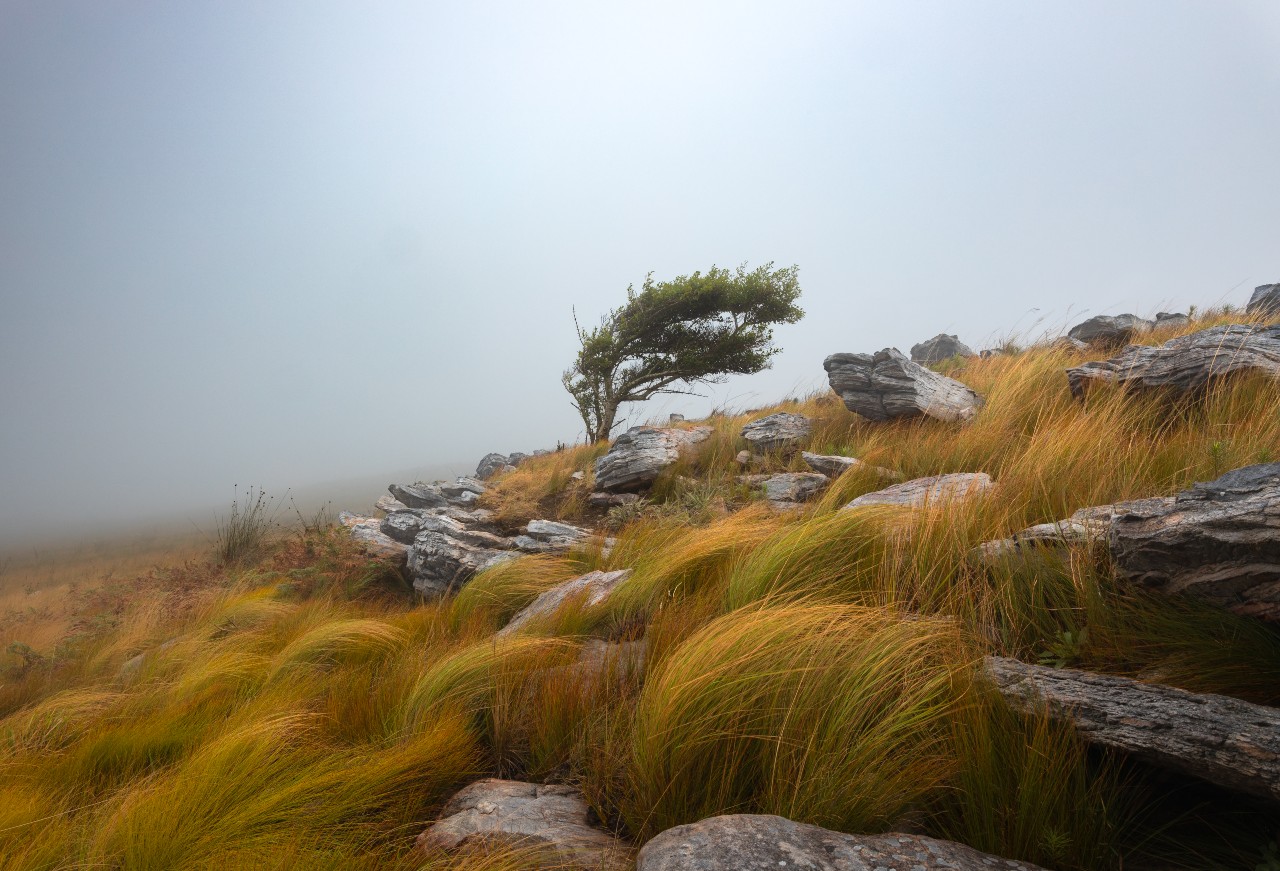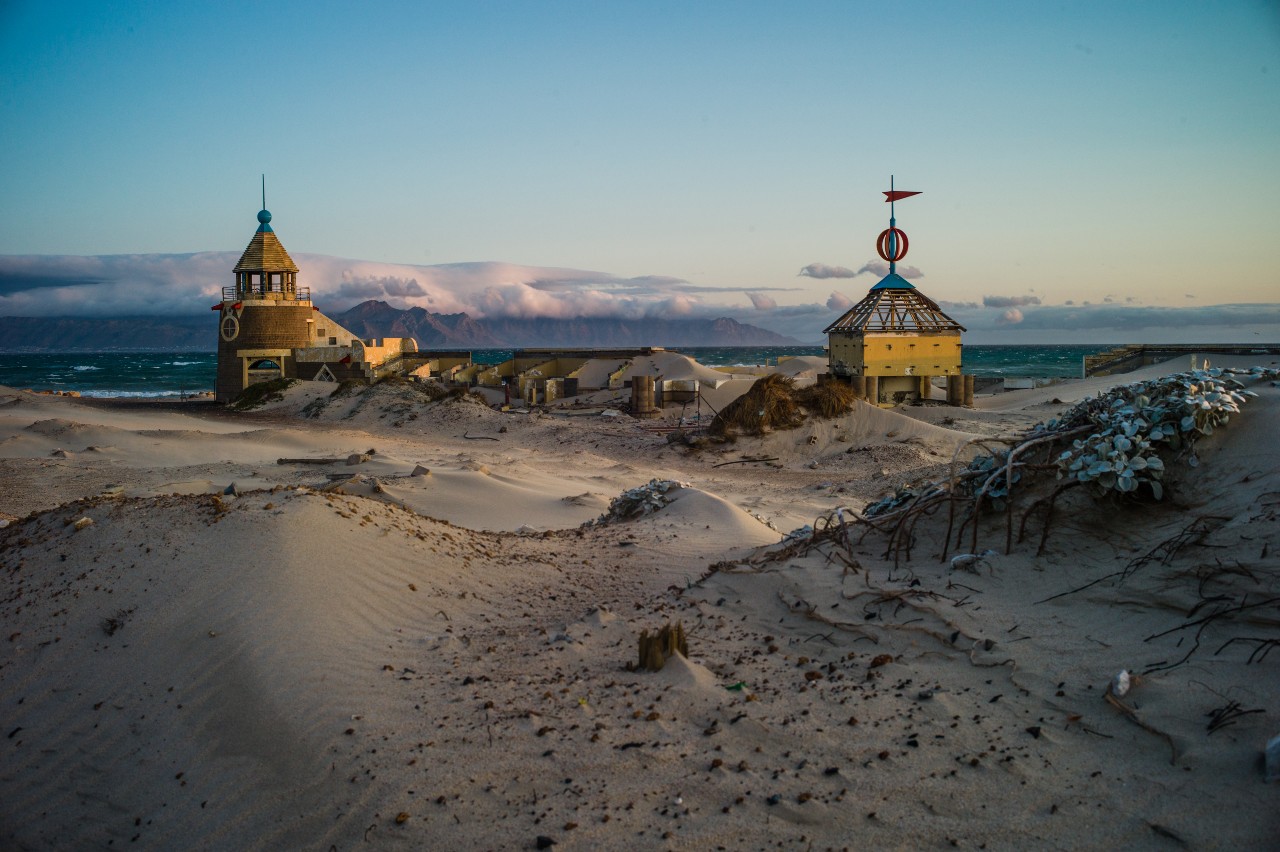Hein Kotzé, a distinguished landscape photographer, brings the grandeur and subtlety of the natural world into sharp focus with his captivating images. His discerning eye and meticulous attention to detail transform familiar scenes into moments of quiet revelation. With an adventurous spirit and an unwavering commitment to his art, Kotzé seeks out remote and breathtaking locations, capturing the interplay of light and shadow in a way that evokes a sense of timelessness. His work invites viewers to pause and reflect on the intricate beauty of the world around us, fostering a deeper appreciation for the natural environment.
Please tell us a little about yourself.
My name is Hein Kotzé and I’ve always been fascinated with the creation of visuals. From a young age, I enjoyed rendering the world around me, first through sketching and then ultimately by capturing my very first digital image. There is something very special in framing a small part of our world and seeing the large impact it can have on those exposed to it.
What inspired you to pursue landscape photography specifically?
We moved to a small coastal town (Cannon Rocks) in 2020 and for the first time, I was completely enveloped by natural beauty. Living in such a natural paradise was almost overwhelming, and I couldn’t help but attempt to capture as much of it as possible. I massively enjoyed the sense of adventure, exploring new beaches and valleys, tackling dirt roads I never would’ve driven, and creating satisfying visuals in the process. The adventures, challenges, and rewards quickly became a great interest of mine.
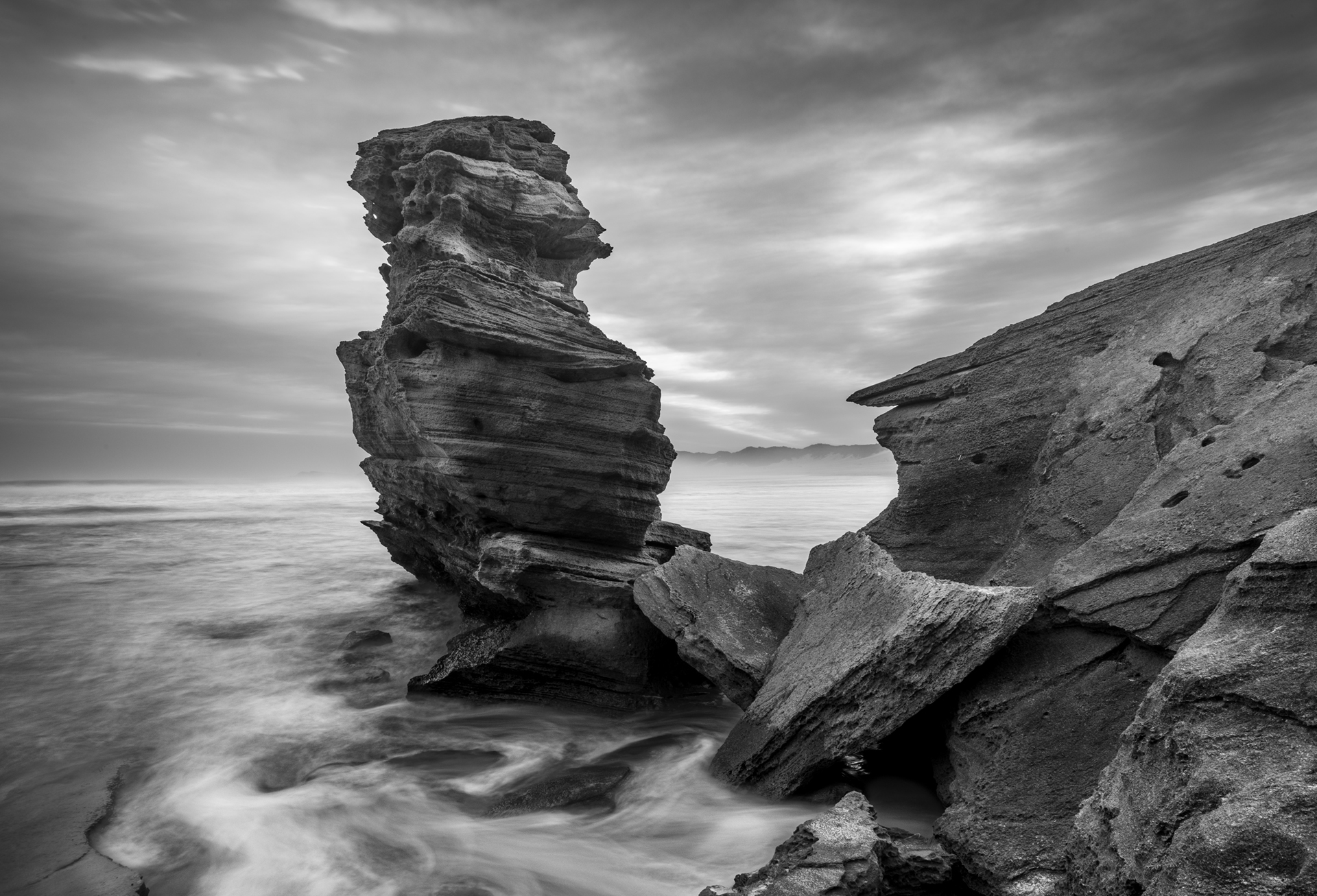
How do you approach capturing the essence of a landscape in your photographs?
The magic happens not when you are resolute in your intent for a scene, but rather when the landscape reveals itself to you in ways you could never anticipate. Most of the gems are like seashells you seem to stumble upon, often impossible to find when you are deliberately out hunting.
What inspired you to enter the South African Photographer of the Year competition?
Photography (especially landscape photography) is a solo sport, which is part of the appeal and also its biggest boundary. The only thing better than creating an image that excites you is sharing it with others and hopefully getting them excited as well. This made me scout for a potential competition to connect with like-minded individuals ready to “nerd out” about exposure bracketing and focus stacking; topics I no longer “enlighten” my very supportive wife with…too often.

How does it feel to be named a category winner of the competition?
It feels absolutely incredible, I couldn’t believe it. On the night they surprised me by asking whether each winner could tell the audience about their image. The magic was that everyone just started telling stories. Stories about the experiences they had in their journey to capture their winning photographs. This prompted me to do the same and simply share my story – the night was a success; the win was a byproduct of the ability to celebrate photography with a group of fascinating storytellers and visual creators.
Please tell us a little about your winning image. Where was it taken, what inspired it, and why did you submit this image?
I submitted this image because it encapsulates everything I find so fascinating about landscape photography; exploration, discovering the unexpected, and ultimately natural beauty.
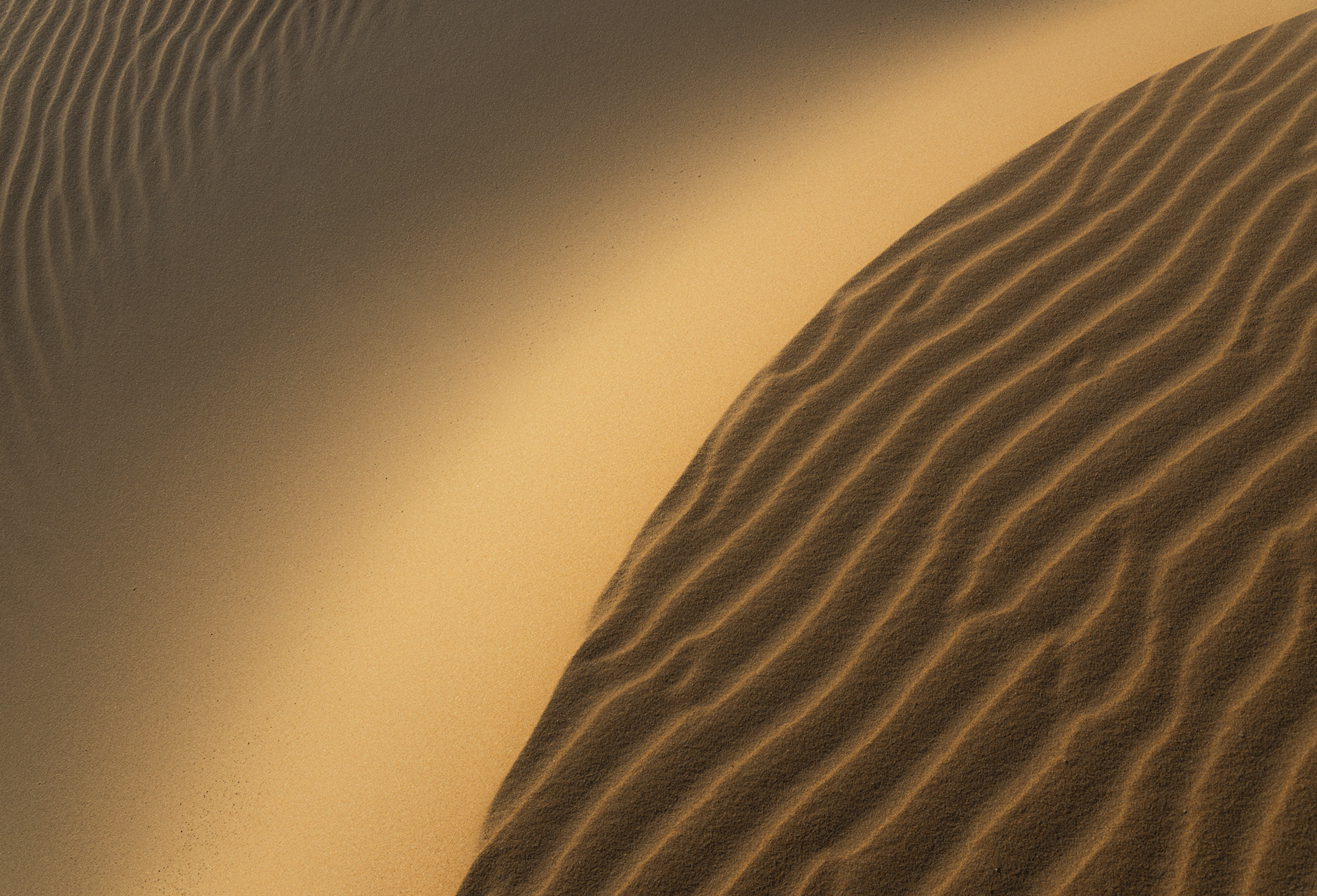
Kenton-on-Sea, Eastern Cape, South Africa
Closer than you may think; en route to my intended shooting location I stumbled across these untouched textures atop a large sand dune overlooking the Bushman’s River mouth. Carefully craning myself over this scene, I captured this handheld shot straight down, isolating a section where organic and architectural perfection culminates into something rather captivating. This scene sucked me in as it increased in complexity the longer I lingered. In an interesting contrast, the isolation of this scene also gave it a sense of enormous scale as if shot from a drone many meters off the ground. In reality, my lens was much closer than you may think.
What equipment do you typically use, and how do you choose the right gear for different landscapes and lighting conditions?
Travel light. Landscape photography sessions usually have one running up and down dunes, through rivers, and occasionally the unexpected bouldering session. I like to take as little as possible while covering as many scenarios as possible:
- Think Tank Urban Access 15 backpack (very comfy, versatile, and easy to reach for gear)
- Canon EOS R
- Extra battery (ALWAYS take an extra battery)
- Sigma 24-70 f2.8
- Sigma 100-400 f5-6.3
- Variable ND & CPL filters (usually permanently attached to the lenses)
- Canon Remote shutter release (helps reduce vibration)
- Manfrotto 190 Tripod (carbon legs are definitely on the Christmas list)
- Headlamp (you’ll probably arrive or leave in the dark)
- Snacks & Water (nourished body, creative mind)
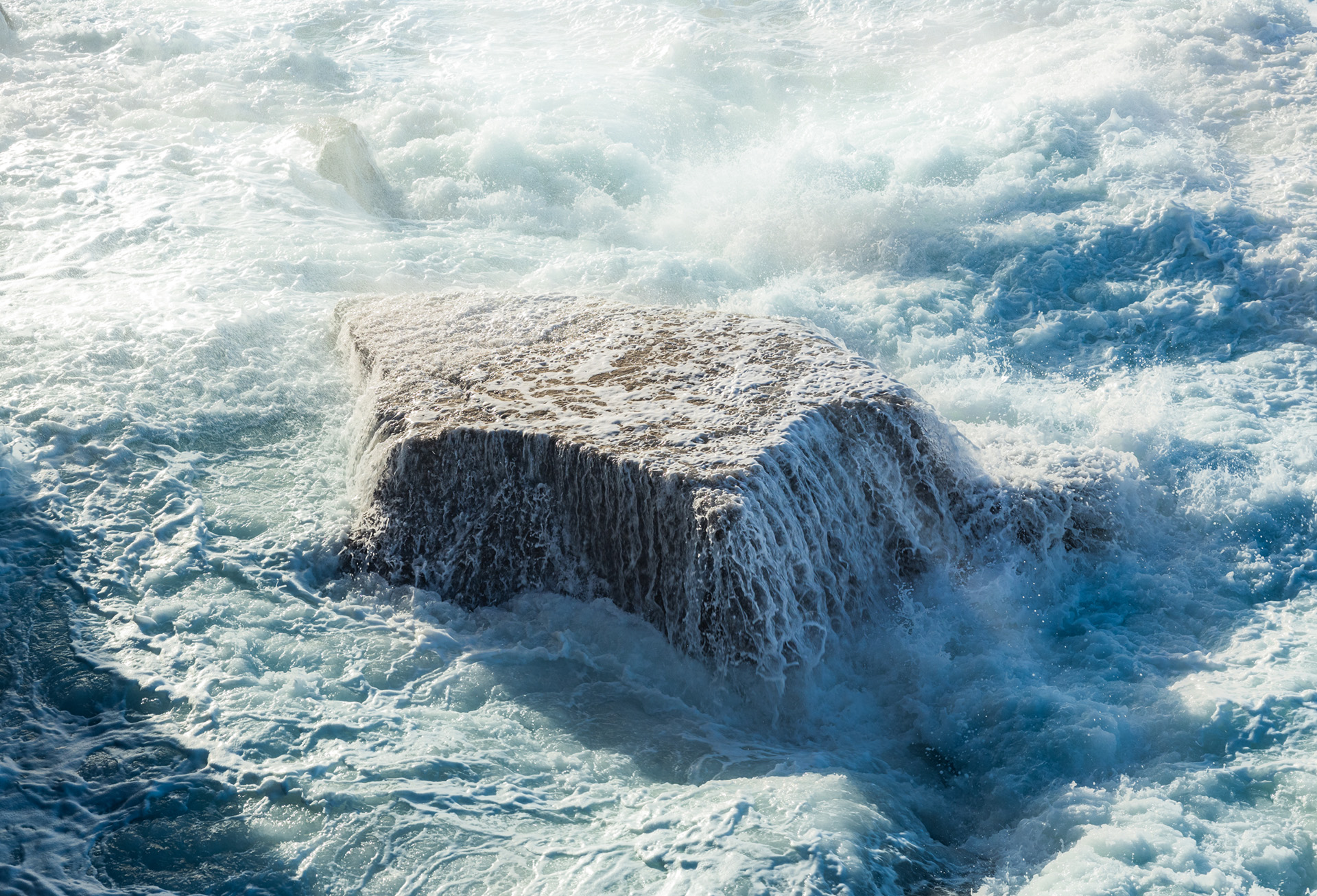
How do you scout locations for your landscape shoots? Do you have any favorite spots or types of landscapes you prefer to photograph?
With any image, you are usually trying to tell a story. This means there should be a main character, a strong subject, or a focal point within the scene. I try to identify these in any landscape I visit and this will usually determine whether I’d shoot and/or revisit a location for optimal conditions. The best locations are the ones closest to home, as you can easily revisit them multiple times. There is a lot of excitement in shooting unfamiliar areas, but this can definitely be a lot more challenging. It has been interesting chatting with other photographers who feel the exact same way.
How do you handle the challenges of weather and lighting conditions in landscape photography?
I don’t…it handles me 🙂 The excitement of landscape photography is that you never know what will be dealt. The best is to be roughly aware of conditions in terms of season, tides, sun direction, height, etc. This comes from visiting locations multiple times during the course of a year or more. After multiple visits, you’ll usually have a good idea of where and how the light could fall on particular areas.
Something as simple as Google Maps’ 3D view also helps in understanding how the sun might cast light on certain topographies.
After all of that research and prep…none of it will play out as expected and that is the magic.
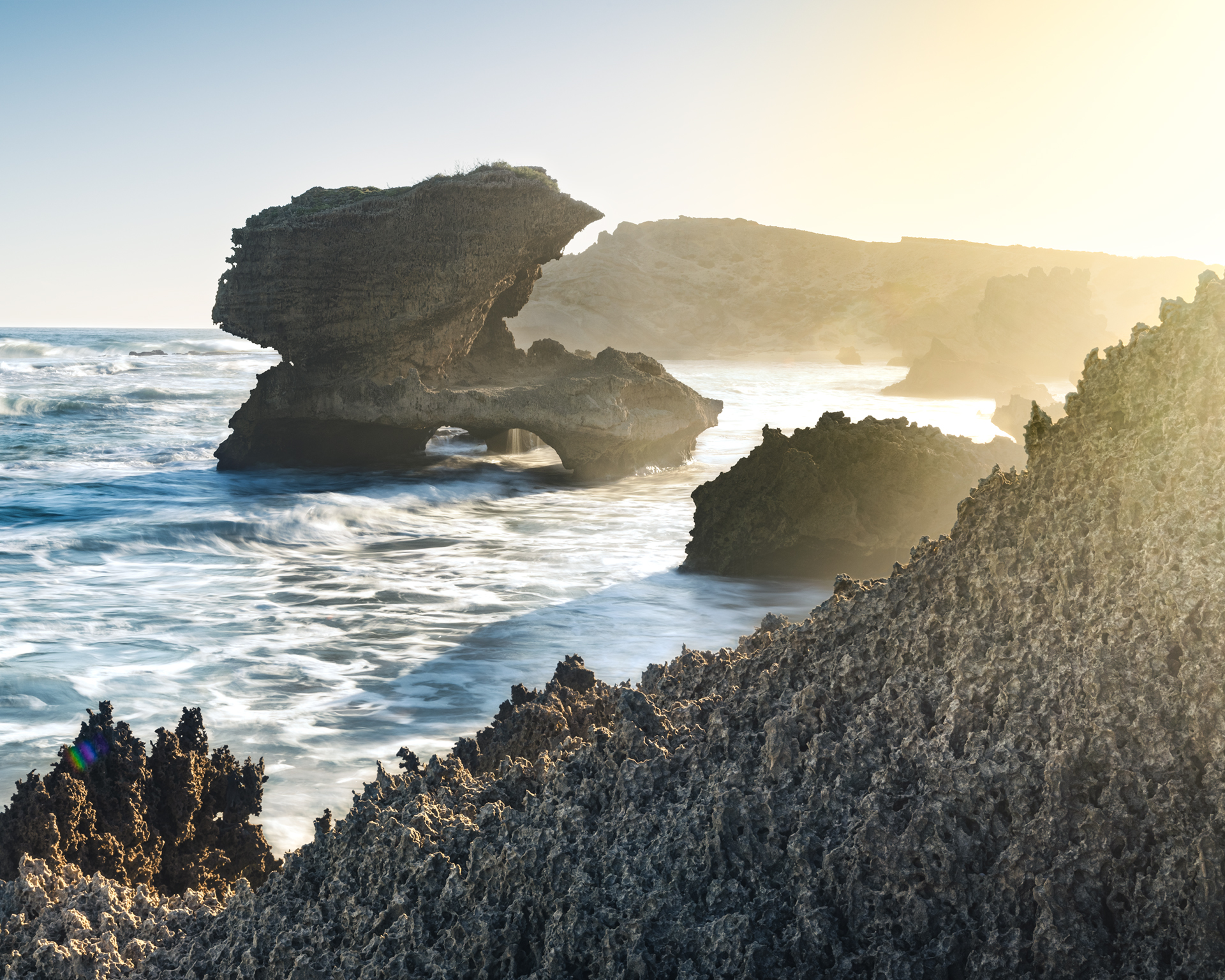
Can you walk us through your creative process from conceptualisation to the final image?
Being familiar with an area is usually a great advantage in conceptualising a specific image you might want to create. Being nimble in your approach towards light and weather often helps your idea evolve and take shape into something you could never have expected. Being at the mercy of Mother Nature’s temperament, it’s impossible to exactly pre-determine what your final outcome needs to be – and that is the fun of the journey. A location will look different every single time you visit; plants grow, tides sculpt the beaches, and clouds transform the mood of a scene in an instant. Being versatile in understanding what you can achieve with any given element thrown your way is the best way to create true magic.
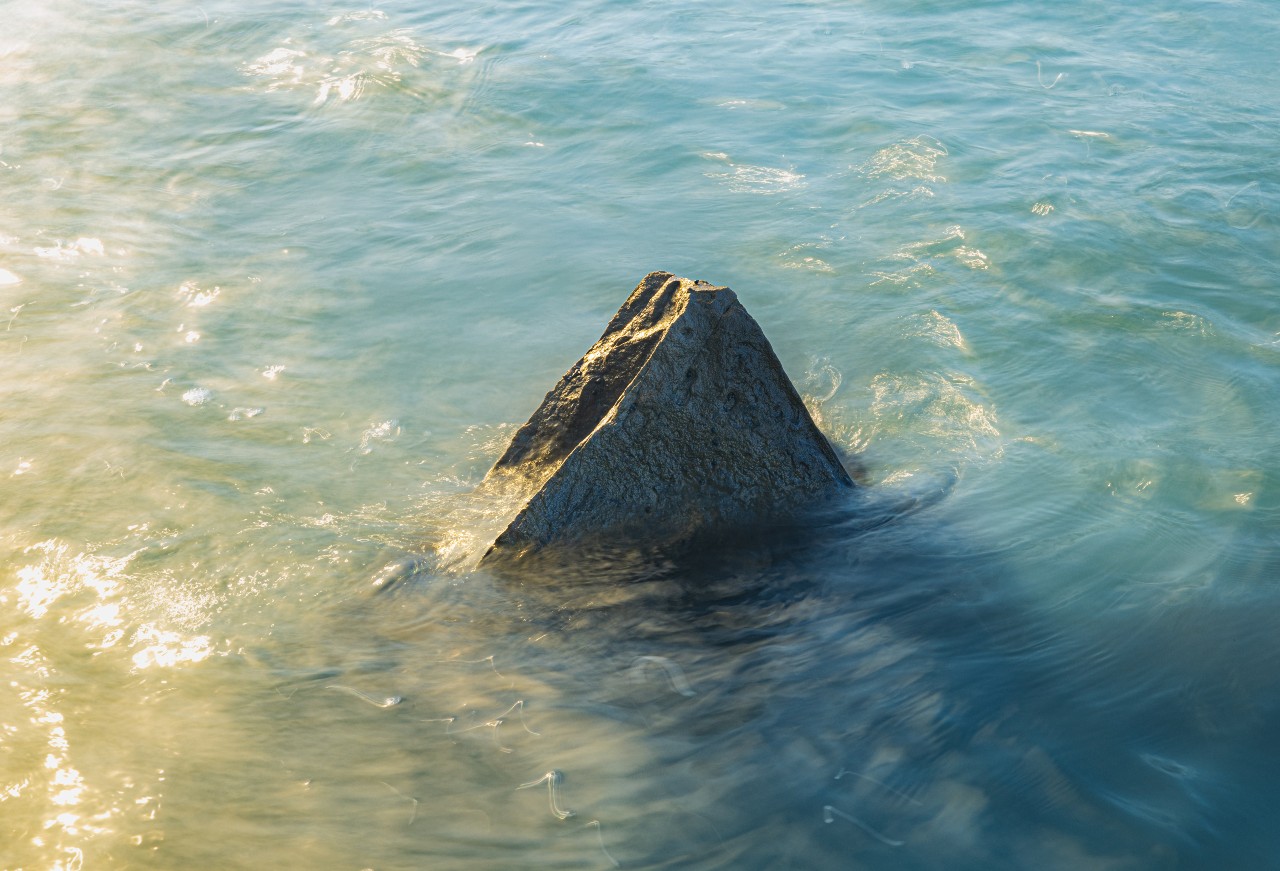
What advice would you give aspiring landscape photographers looking to improve their craft?
Find people who inspire you. Not the flashy ones, not the ones with the “top 10 quick tips”. The ones who put in the work to create lasting impressions through the art they create. Learn from them. Then, go outside.

